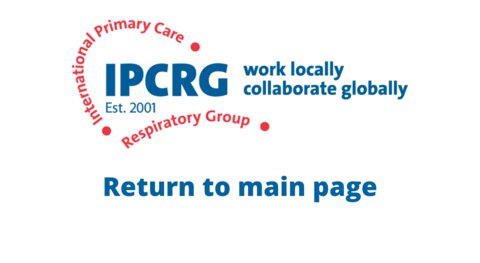Some countries have stopped recommending isolation of people with a positive SARS-CoV-2 test. How safe is this from the individual and public health perspective?
What the research says:
Studies have consistently shown that most individuals infected with SARS-CoV-2 test positive for the virus 2 weeks after symptoms onset (ECDC 2022). As current tests do not distinguish between live (infectious) virus and non-infectious viral genetic material, it remains unclear for how long individuals continue to shed live virus and so pose an infection risk. It is likely to vary between virus variants as well as between individuals (ECDC 2022).
The transmissibility of the current predominant variant, OMICRON, is greater than previous variants (WHO 2022). While the risk of severe COVID illness appears to be lower than for previous variants, continued widespread circulation of the virus raises the possibility for the emergence of new variants with the potential for greater transmissibility, more severe disease and lower susceptibility to current vaccines.
Most countries continue to mandate self-isolation periods for individuals with an acute mild/moderate COVID-19 illness although the specific recommendations vary. For example, in the USA isolation should continue until the individual has been fever-free for 24 hours and there has been clinical improvement of symptoms after 5 full days since symptom onset and, if moderate disease, for 10 days of isolation (CDC 2022). In the EU, isolation should continue until the individual has been fever-free for 24 hours with clinical improvement of symptoms and two negative tests (24 hours apart) or after 6 full days since symptom onset and one negative test on day 6 or later in fully vaccinated individuals. In individuals who are not fully vaccinated, isolation should continue until they have been fever-free for 24 hours with clinical improvement of symptoms and two negative tests (24 hours apart) or for 10 days (ECDC 2022).
The risk to individuals will depend on adherence to other societal measures, such as social distancing and mask wearing, as well as the local epidemiological situation (levels of circulating virus).
What this means for your clinical practice
For patients with active COVID-19 illness continue to encourage patients to self-isolate while acutely symptomatic (fever, cough etc) and follow National guidelines for ending isolation. Mask wearing can be encouraged in situations where close contact is anticipated, especially with vulnerable persons, and there is a risk for viral transmission according to local recommendations.
Useful links and supporting references:
CDC. COVID-19 Quarantine and isolation. Available at: Centers for Disease Control and Prevention. (2022, March 30). Quarantine & Isolation. Retrieved May 22, 2022, from https://www.cdc.gov/coronavirus/2019-ncov/your-health/quarantine-isolation.html?s_cid=qr2021. Accessed November 2022.
European Centre for Disease Prevention and Control. Guidance on ending the isolation period for people with COVID-19, third update. Available at: https://www.ecdc.europa.eu/en/publications-data/covid-19-guidance-discharge-and-ending-isolation. Accessed October 2022.
WHO. Strategic preparedness, readiness and response plan to end the global COVID-19 emergency in 2022. 30 March 2022. Available at: https://www.who.int/publications/i/item/WHO-WHE-SPP-2022.1. Accessed October 2022.
Authors
With grateful thanks to Karin Lisspers, Associate Professor (Family Medicine and Preventive Medicine, Uppsala University, Sweden) for and on behalf of the IPCRG practice driven answers review group.
Resource information
- COVID-19
- Disease management
